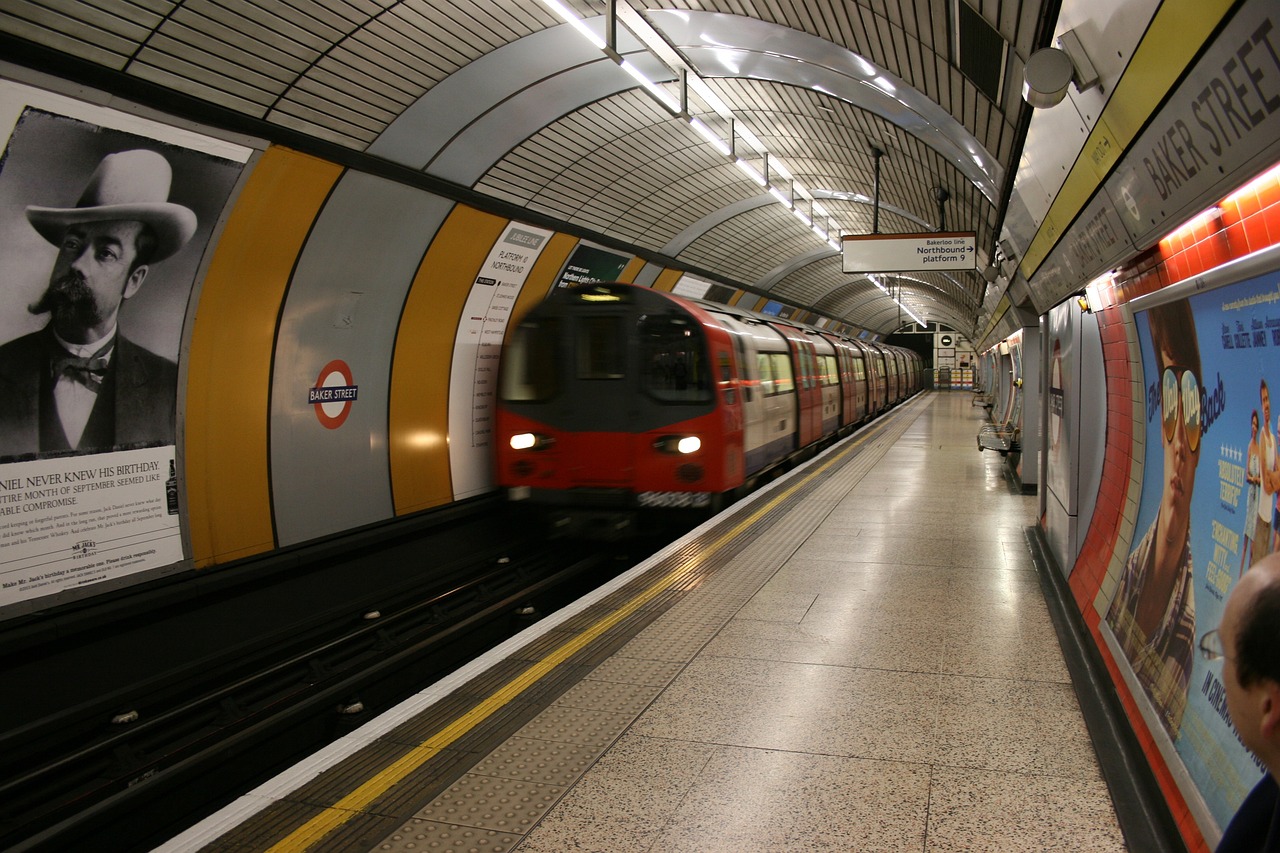What is Being Done to Improve Accessibility on the London Underground
One of the most welcome social trends over the last few decades has been the increase in accommodation for the various needs of disabled people. Wheelchair ramps, tactile pavements at pedestrian crossings, braille signposting and widespread sign-language: they’ve helped to make life that little bit more convenient for disabled people, and helped them to feel included in the process.
It’s fair to say that there’s room for improvement still, however. Helping to maintain this forward progress has been a range of smaller volunteer-led groups, government bodies, and businesses, too.
Bold Burdon Kemp is a solicitor specialising in personal injury and medical negligence claims. In 2019, the firm’s Spinal Injury Team ran a campaign called ‘Going the Extra Mile’, which sought to highlight a lack of wheelchair access in certain London Underground stations.
Problems with the Underground
At the time, the tube was the world’s eleventh busiest metro system, serving the busiest commuter city in Europe. Around five million passengers were served by the tube every day, but just 77 out of 270 stations were fully accessible for wheelchair users. The firm did a little informal testing on five different commuter routes, and discovered that commuter journeys took around an hour and thirty-five minutes longer for wheelchair users.
Progress
Modernising a tube station is a difficult thing. Sometimes it isn’t practicable to retrofit an ancient tube station for the needs of a modern commuter. Most of the network, remember, was constructed at a time when most Londoners didn’t spare much thought to the issues faced by disabled people – and while attitudes might have changed, the buildings and structures remain much the same.
We should also bear in mind that, while some stations do have step-free access, this is only via escalators – which aren’t friendly to wheelchair users. There are some which feature tight, steep staircases with limited space to accommodate an elevator. Clearly, care will need to be taken as to where money is being spent in order to ensure that Londoners get the maximum possible accessibility for their money.
The Elizabeth Line
Fortunately, when you’re opening an entirely new line, things are much easier. You can build accessibility into every station from the start.
Which brings us to the most obvious new development: the timely opening of the Elizabeth Line, named in honour of the late Queen Elizabeth II. All the stations on the new line have been designed with wheelchair accessibility in mind. There’s blue wheelchair signage throughout, and level access from platforms to trains at ten stations.
TFL now report that 91 stations are now step-free, and 60 overground ones, too. More stations are due to make the transition to step-free from next year, beginning with Knightsbridge. This should help to make the system, and London in general, better for wheelchair users.

